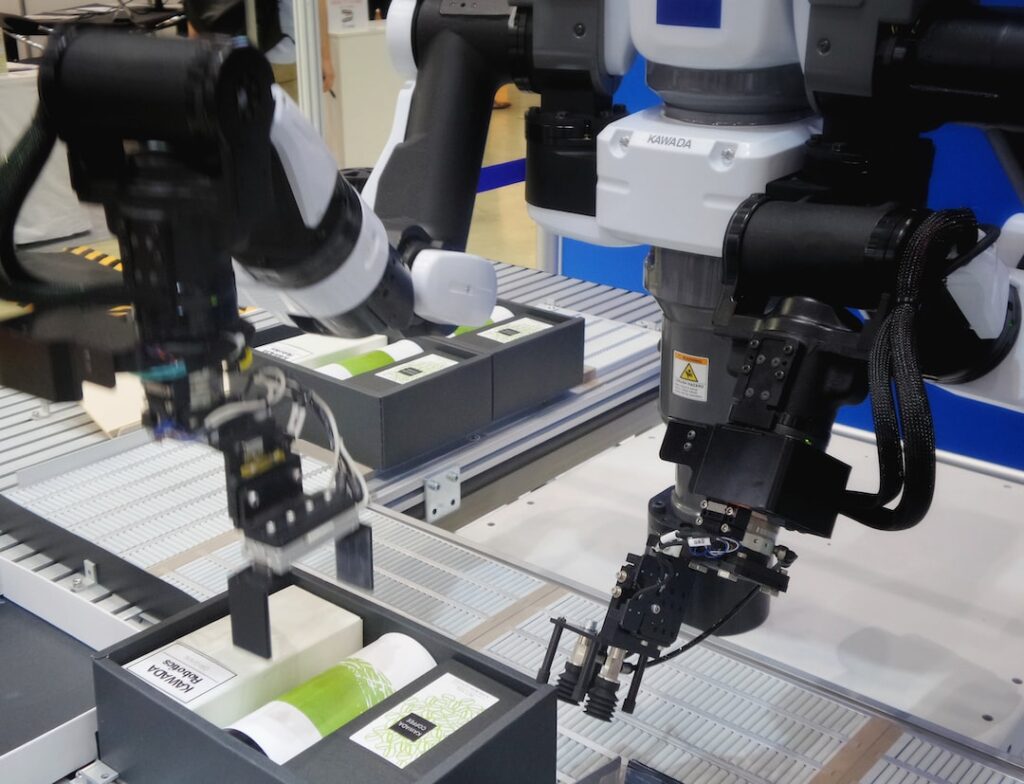
How Robotics System Engineering Enhances Efficiency in Industrial Processes
Efficiency is a critical factor in the success of any industrial process. With the advancements in robotics and automation, the role of robotics system engineering has become paramount in optimizing efficiency. By integrating intelligent machines and systems, robotics system engineering enhances productivity, minimizes errors, and streamlines operations. In this blog post, we will explore five key ways in which robotics system engineering revolutionizes industrial processes and boosts overall efficiency.
Streamlining Task Automation
Robotics system engineering plays a vital role in streamlining task automation in industrial processes. Through careful analysis and design, engineers can identify repetitive and mundane tasks that can be automated using robotics technologies. By automating these tasks, such as material handling, assembly, or packaging, businesses can significantly reduce human error and increase productivity. Robotics system engineering ensures seamless integration between machines and the existing infrastructure, allowing for efficient collaboration and optimization of tasks.
Enhancing Precision and Accuracy
Precision and accuracy are crucial in industrial processes, especially in sectors such as manufacturing and quality control. Robotics system engineering brings forth a new level of precision by utilizing advanced sensors, computer vision, and machine learning algorithms. These technologies enable robots to perform intricate tasks with unparalleled accuracy, resulting in higher product quality and reduced waste. By leveraging robotics system engineering, businesses can achieve consistent and precise outcomes, leading to enhanced overall efficiency.
Enabling Real-Time Monitoring and Analytics
The integration of robotics system engineering in industrial processes enables real-time monitoring and analytics, providing valuable insights for process optimization. Through the use of sensors and data collection systems, engineers can gather and analyze vast amounts of data during production. This data can be utilized to identify bottlenecks, optimize workflows, and make informed decisions. By leveraging the power of robotics system engineering, businesses can achieve data-driven efficiency improvements, minimizing downtime and maximizing output.
Improving Workplace Safety
Safety is of utmost importance in industrial environments. Robotics system engineering contributes to improved workplace safety by automating hazardous and physically demanding tasks. By deploying robots for tasks that pose risks to human workers, such as working with heavy machinery or handling hazardous materials, the potential for accidents and injuries is significantly reduced. Additionally, robots can be equipped with advanced safety features, such as collision detection sensors and emergency stop mechanisms, further ensuring a safe working environment.
Facilitating Flexibility and Adaptability
Industrial processes often require flexibility and adaptability to meet changing market demands. Robotics system engineering enables businesses to achieve this by designing modular and flexible robotic systems. These systems can be easily reconfigured to accommodate new product lines or process variations, reducing downtime and enhancing efficiency. Furthermore, the integration of artificial intelligence and machine learning algorithms empowers robots with the ability to learn and adapt to changing circumstances, making them valuable assets in dynamic industrial environments.
Conclusion
Robotics system engineering has become a driving force in enhancing efficiency in industrial processes. By streamlining task automation, improving precision, enabling real-time monitoring, enhancing workplace safety, and facilitating flexibility, businesses can optimize their operations and achieve higher productivity. Embracing the potential of robotics system engineering is a key step for organizations looking to stay competitive in the rapidly evolving landscape of industrial automation.
